Against the backdrop of the endless landscape, a cavalcade follows the huge rise with hay, among them the emperor and the pope. Representatives of other estates – peasants, townspeople, clerics
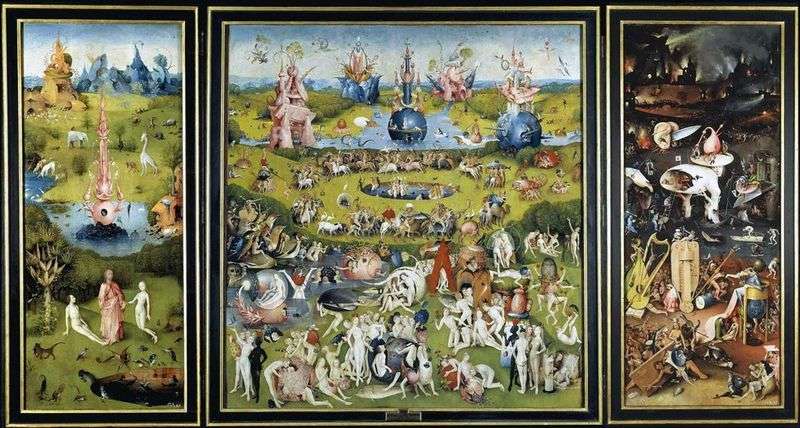

Against the backdrop of the endless landscape, a cavalcade follows the huge rise with hay, among them the emperor and the pope. Representatives of other estates – peasants, townspeople, clerics
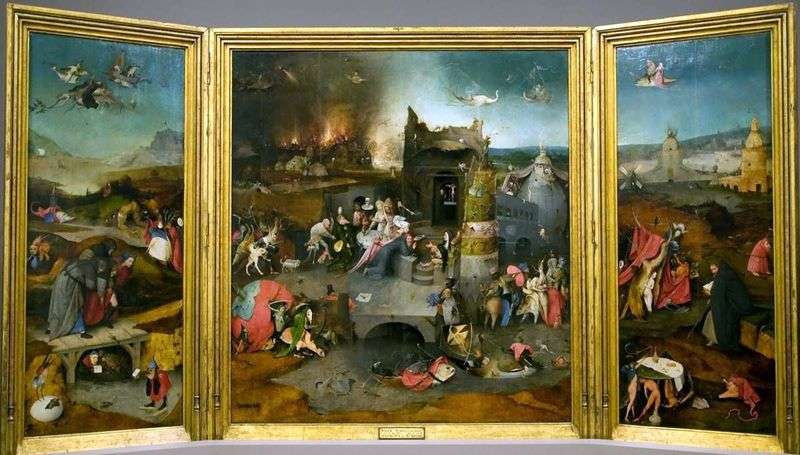
The art of the Netherlands of the 15th and 16th centuries Altar “The Temptation of Saint Anthony” is one of the best works of the mature Bosch, it is no
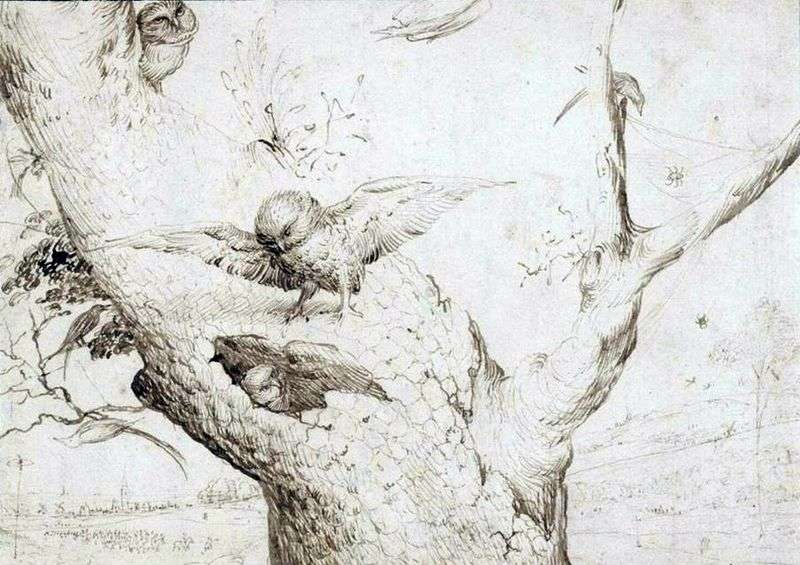
Looking at the pictures of Hieronymus Bosch, many owls came to my eyes here and there. Last week, I listened to a lecture on his work, which raised the theme
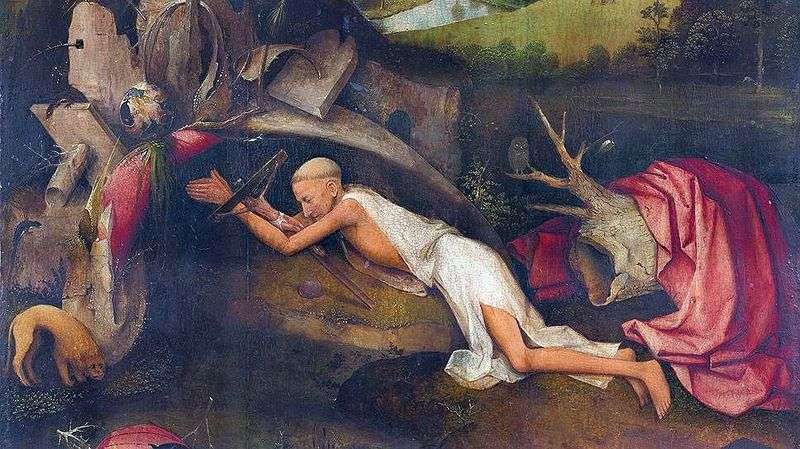
Painting “The Prayer of St. Jerome”. Saint Jerome was the patron saint of Hieronymus Bosch. Maybe that’s why the hermit is portrayed with sufficient restraint, even in comparison with the

The right shutter “Hell” of the triptych “The Last Judgment” of Hieronymus Bosch depicts sinners condemned by God. According to Bosch most of the human race expects hellfire, torment, groaning
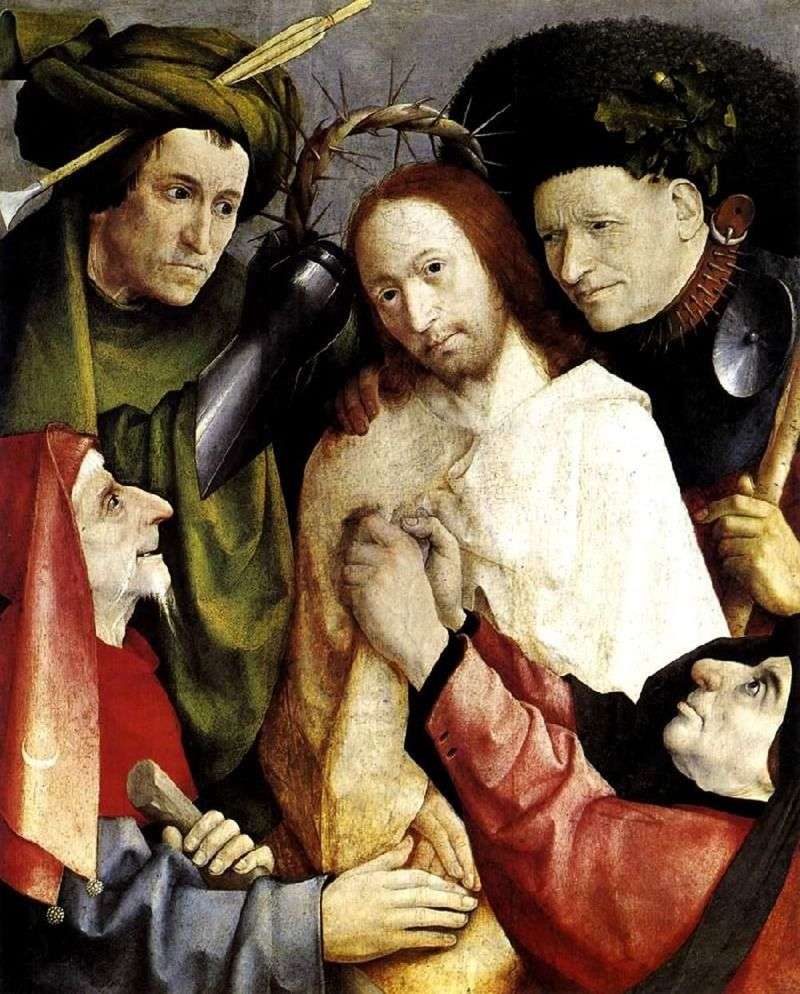
Jesus, surrounded by four tormentors, appears before the viewer with a kind of solemn humility. Two soldiers before the crown crown his head with a thorns crown. Their views are
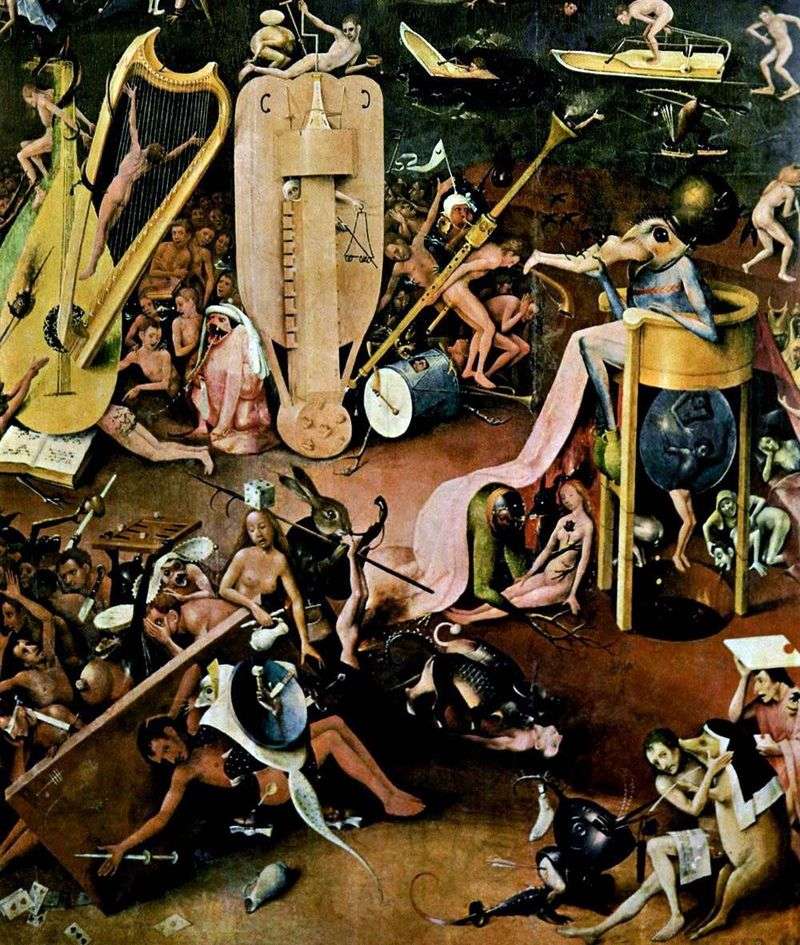
If in the depiction of “Earthly Paradise” in the triptych “The Garden of Earthly Delights” Hieronymus Bosch shows normal, natural interrelations, though not always humane, then in “Hell” – everything

The right shutter of the triptych of Hieronymus Bosch “Voz sena”. The image of Hell is found in the works of Bosch much more often than Paradise. The artist fills
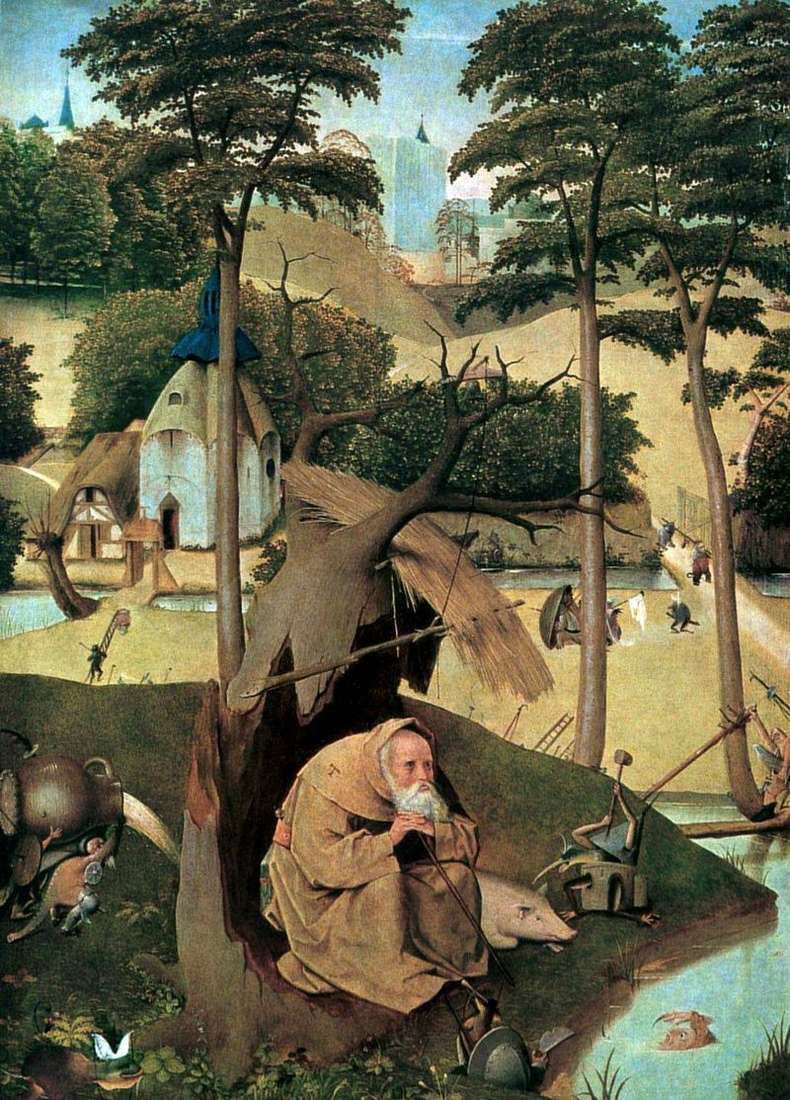
“The Life of St. Anthony,” written by Athanasius the Great, tells us that in 271 AD, e. still young Antony retired to the desert to live an ascetic. He lived
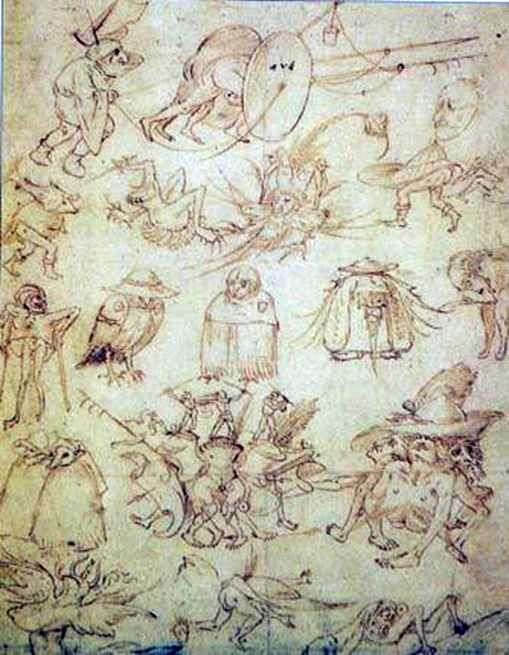
Bosch, among other things, was also a great draftsman. It was him – among the Northern European artists – who owned the honor of turning the picture into an independent
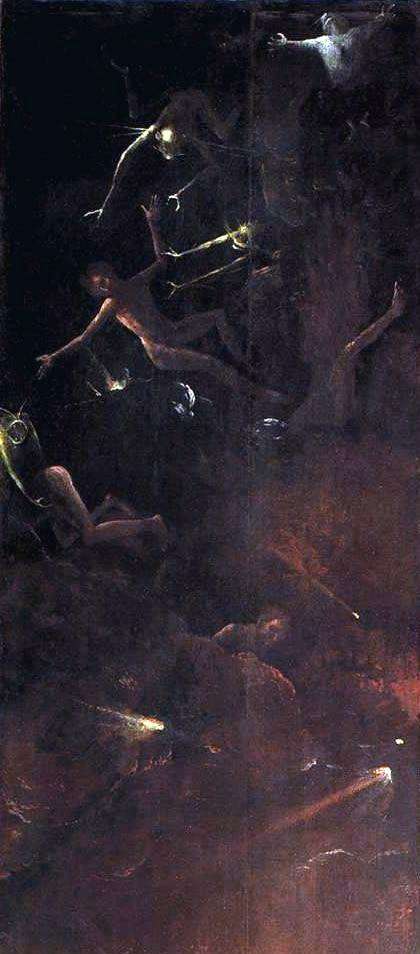
Visions “The overthrow of sinners” and “Infernal river” Bosch treats in accordance with the teachings of the mystics, that is, in the spiritual plan. On the board “The overthrow of
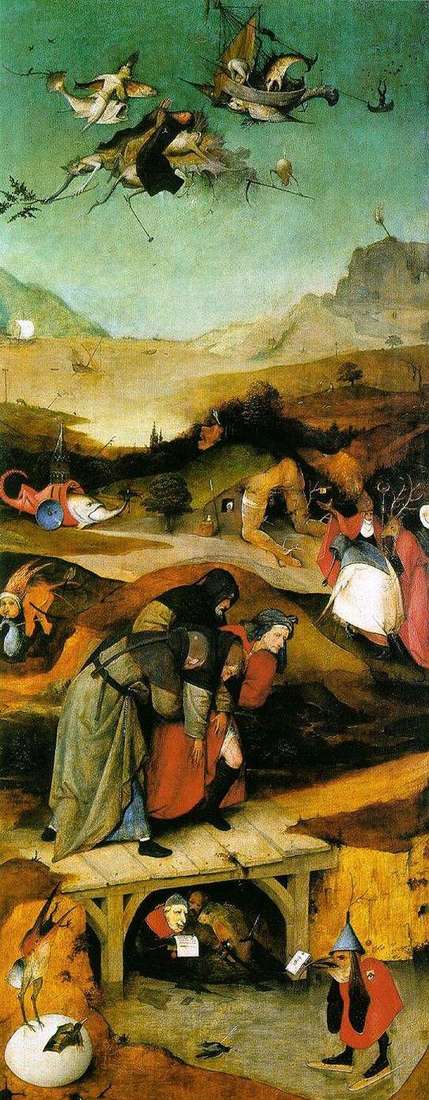
The painting “The Flight and Fall of St. Anthony” is the left wing of the altar “The Temptation of St. Anthony” and tells of the struggle of the saint with
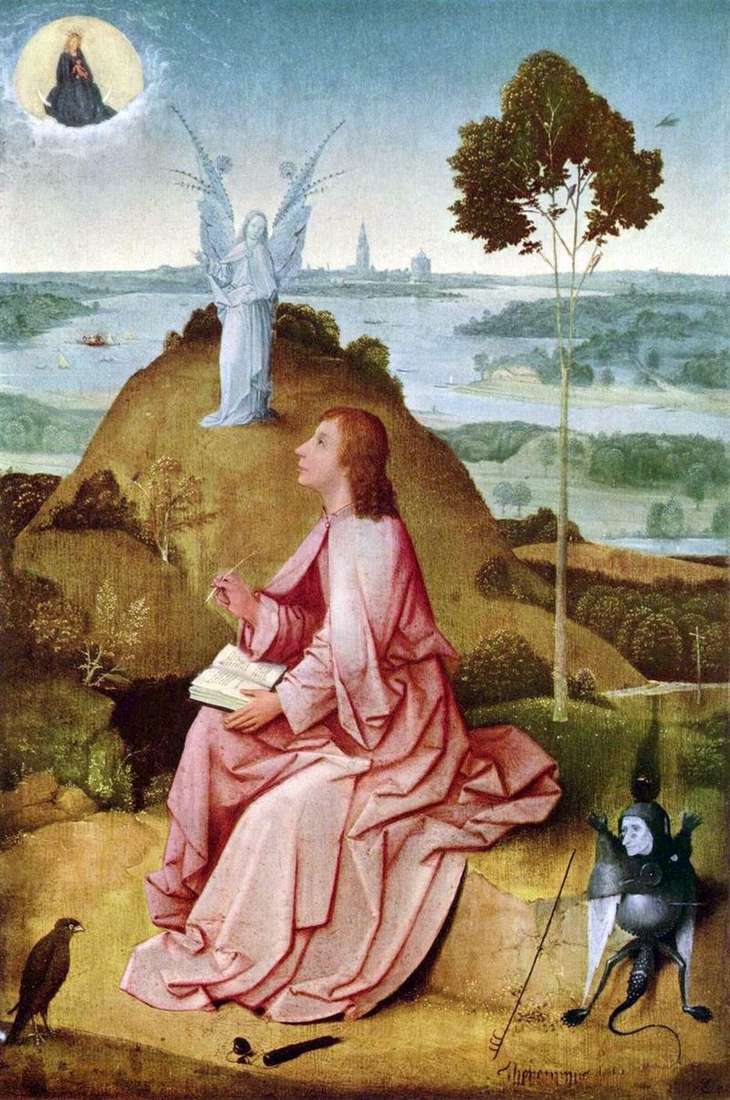
The young apostle John is depicted on the island of Patmos, where he was exiled by the Emperor Domitian, and where he created his Revelation – probably this book lies
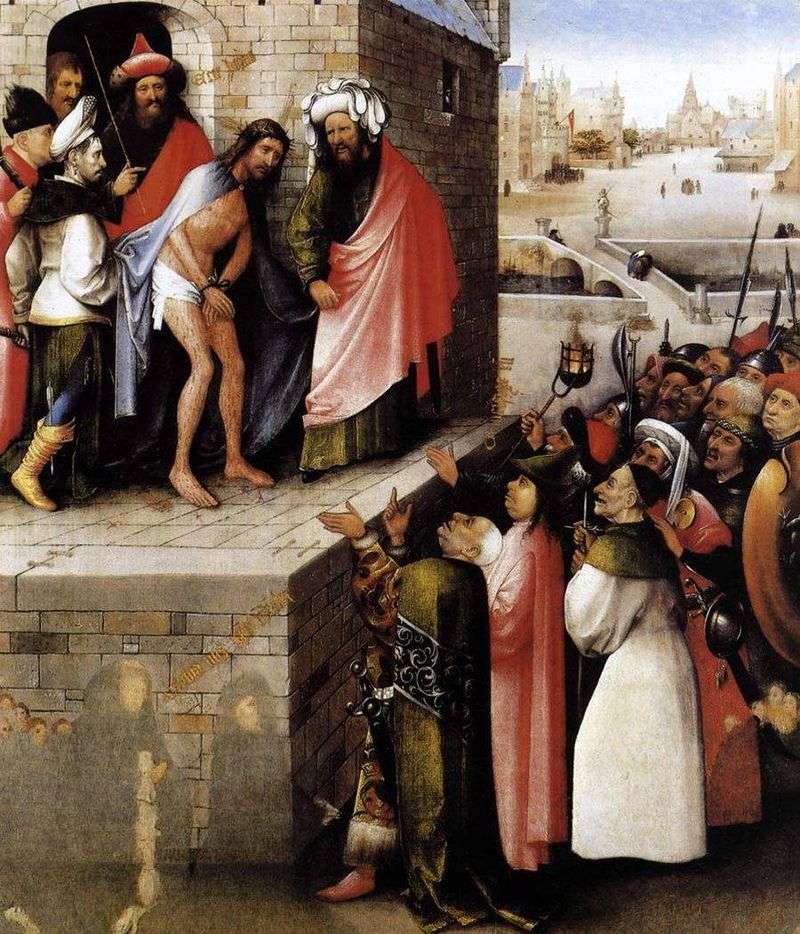
The passions of Christ in all their cruelty are represented in the picture “Ecce Homo”. Bosch depicts the way in which Christ is led to the high podium by soldiers
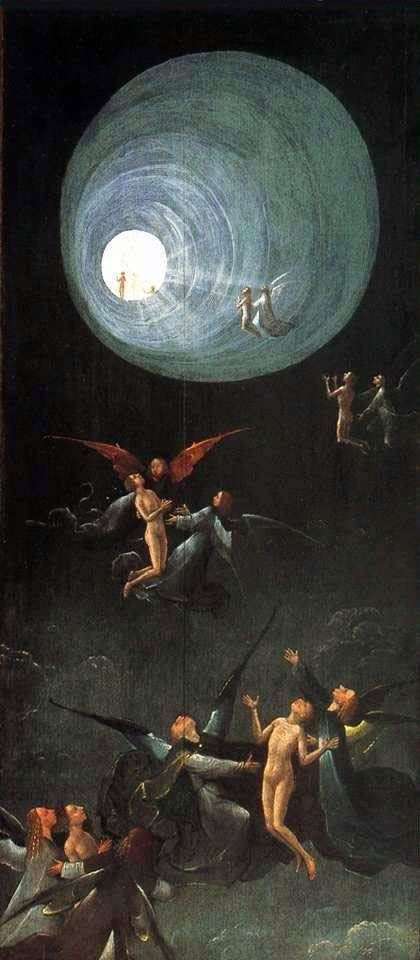
There is an opinion that these are fragments of two different altars, where “The overthrow of sinners” merged with “Ascension into the Empire”, and “Hell’s River” – with “Terrestrial Paradise”.

The picture of Hieronymus Bosch “Carrying the Cross” is distinguished by a painfully cold color intensity. And only on the face of Christ – his head is lowered, as if
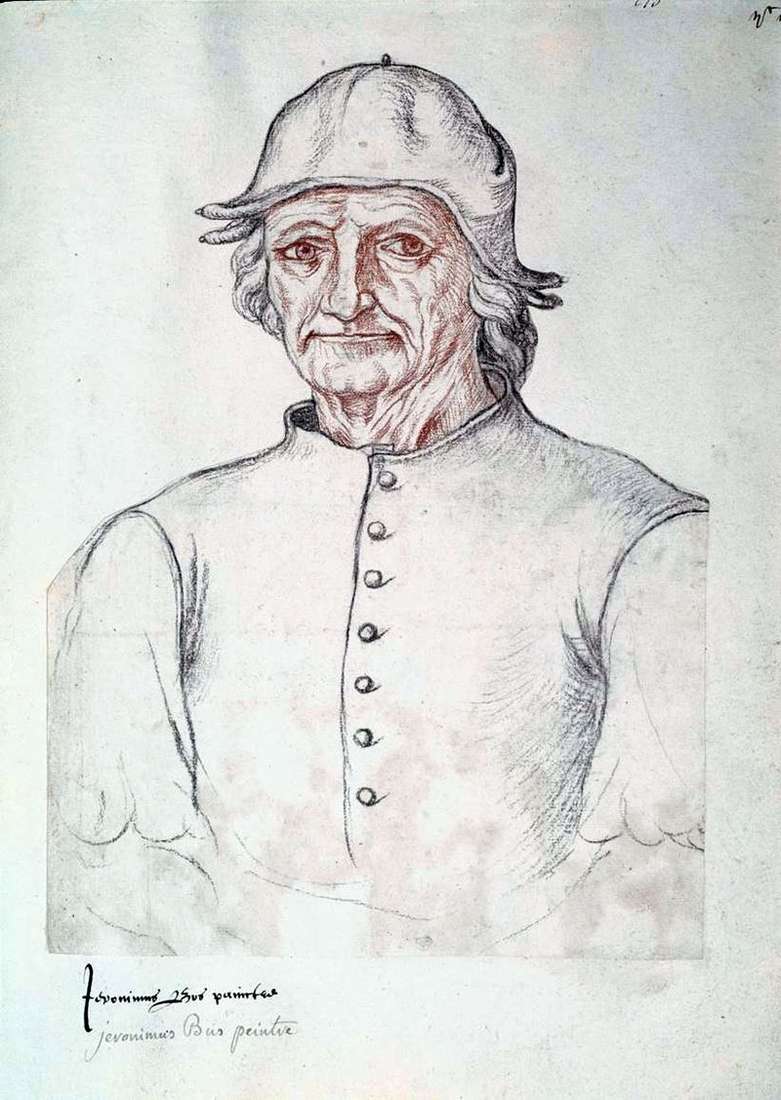
Hieronymus Bosch – August 9, 1516, ibid.), A Dutch artist, one of the greatest masters of the Northern Renaissance. Bosch belonged to a family of hereditary artists; one of his
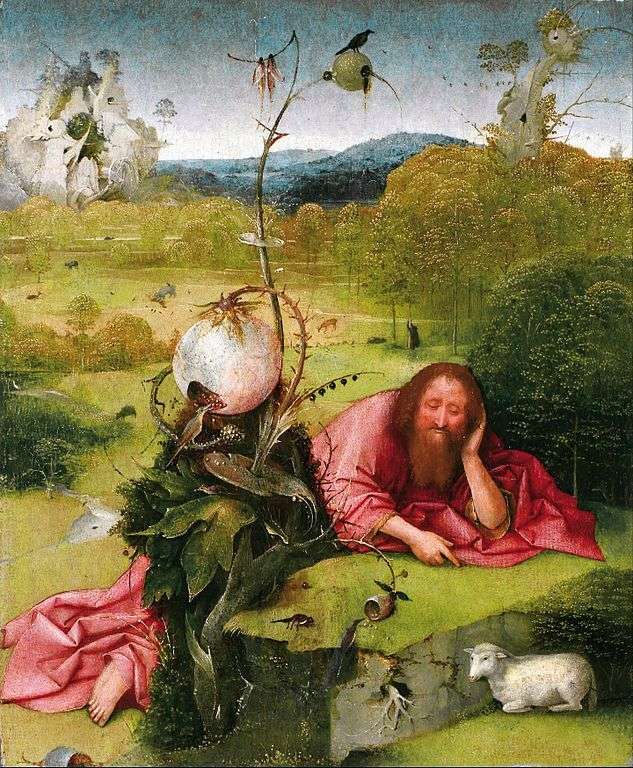
In the midst of the enchantingly poetic, light-filled landscape, the holy prophet John is depicted as deepening in religious reflections. This clash of two realities – the “mountain” and the
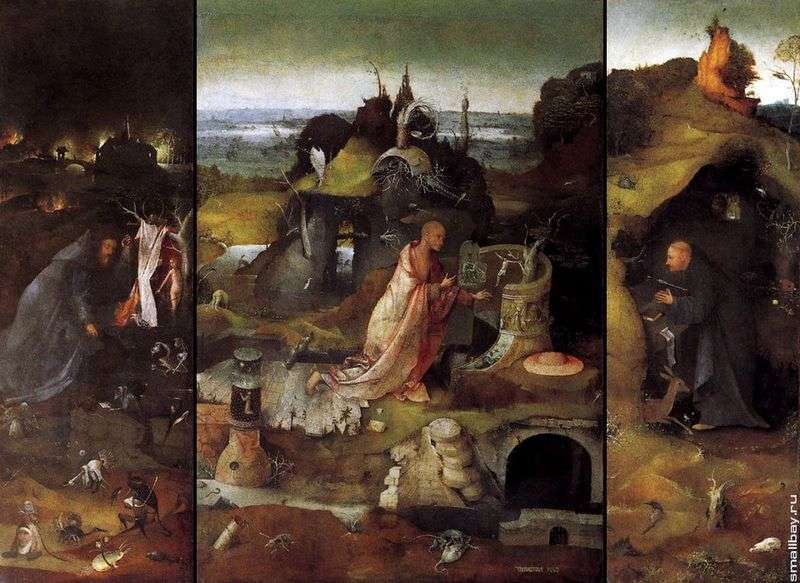
Hieronymus Bosch often chose the lives of the saints as the theme of his paintings. Unlike the traditions of medieval painting, Bosch rarely depicts the miracles they created and the

The painting “Visions of St. Anthony” is the right wing of the altar “The Temptation of St. Anthony”. When Saint Anthony lived as a hermit in the desert, he was
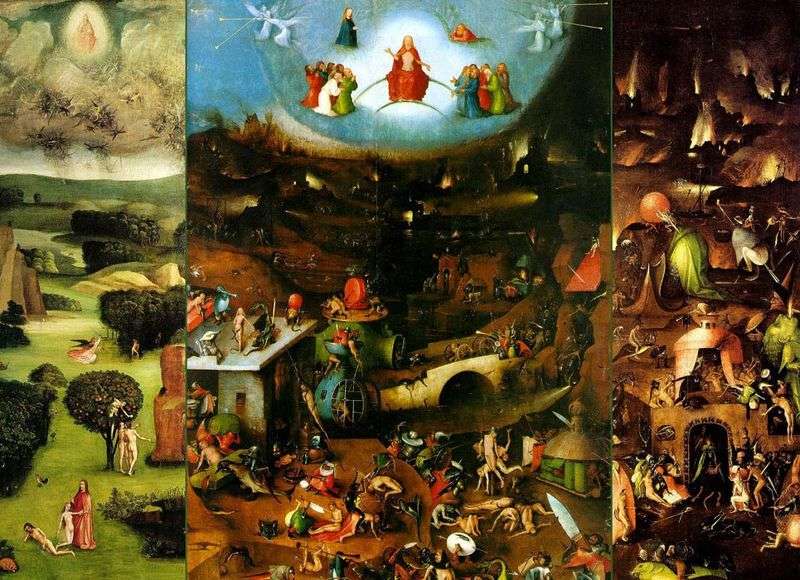
“The Last Judgment” by Bosch is one of his most impressive works, and one of the most impressive works on this subject in general. It was commissioned by the governor